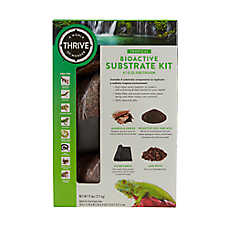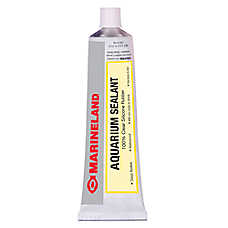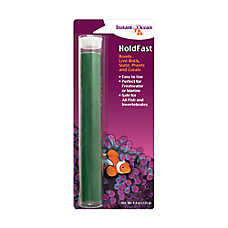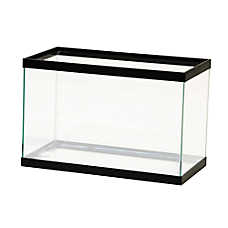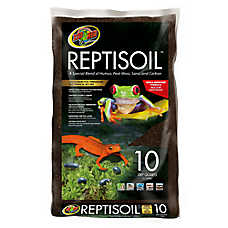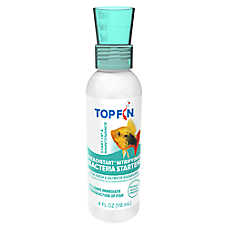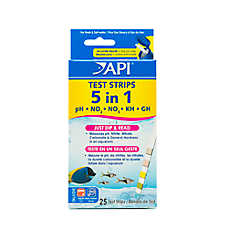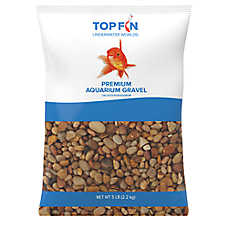What is a Paludarium?
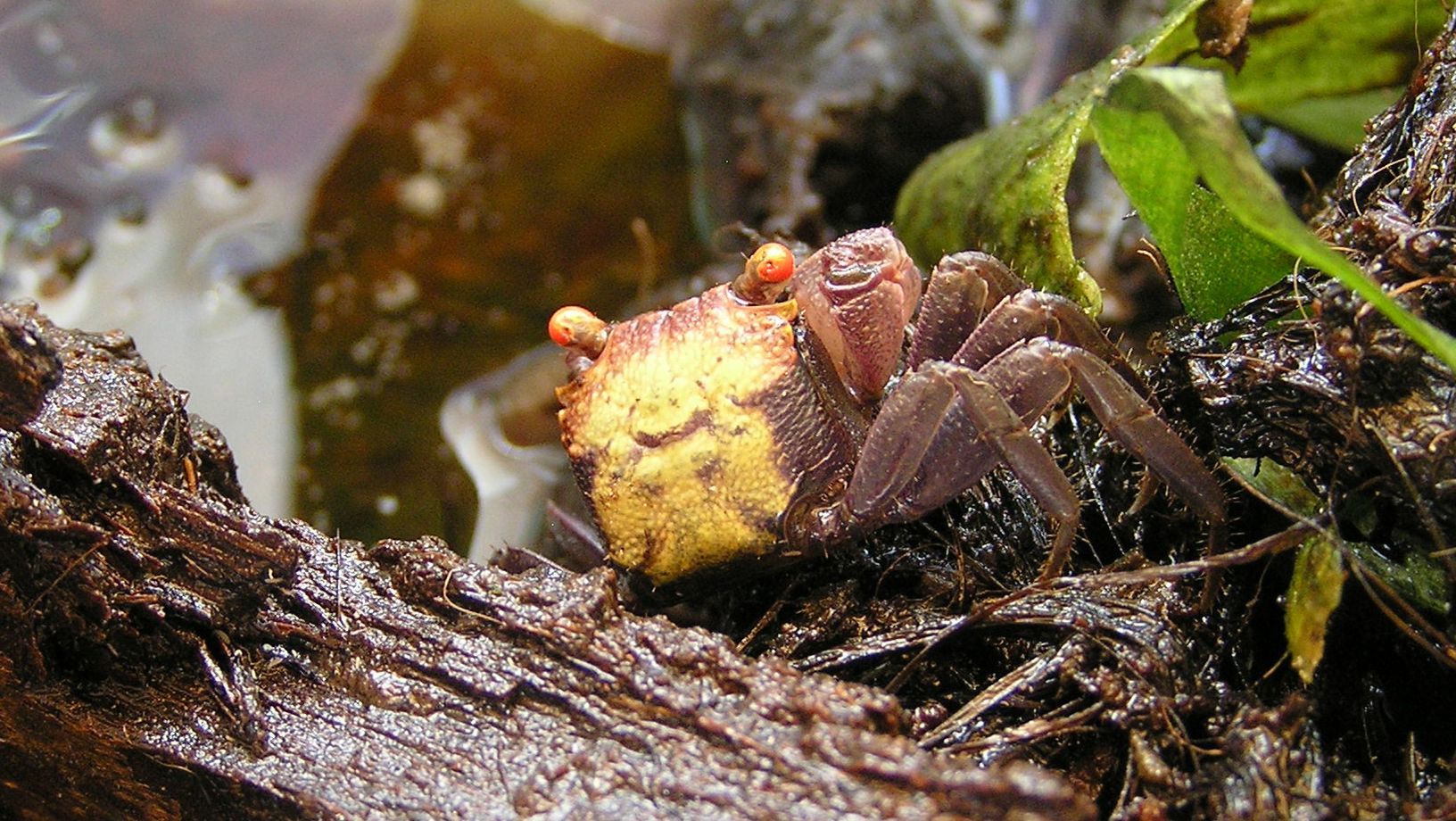
What is a Paludarium?
A paludarium is a unique habitat that blends the features of a shallow aquarium and a humid terrarium—perfect for pet parents looking to create a naturalistic, visually stunning environment. These hybrid setups can support both aquatic and terrestrial life, making them ideal homes for animals that need high humidity and enjoy having access to water. Some great options in a small paludarium (less than 10 gallons) are vampire crabs, freshwater shrimp, isopods, and springtails. Larger paludariums (20+ gallons) are great homes for green anoles and long-tailed lizards. Very large paludariums (75+ gallons) can even house African Side-necked turtles!
Paludariums let you recreate a slice of the rainforest or riverbank—complete with live plants, flowing water, and dynamic animal and insect life. They’re a great way to explore bioactive setups, where beneficial species like springtails and isopods work with plants and soil to form a thriving microenvironment. This natural balance helps break down waste, reduce odors, and provide natural enrichment to your pet.
Each aspect of your paludarium, from the ground up, can be customized to meet the specific needs of your pet(s)—while also becoming a flourishing centerpiece in your home.
Choosing Your Paludarium Supplies
Setting up a paludarium means blending aquarium and terrarium components into one thriving habitat. Before you begin, research the pet(s) you plan to keep. Their needs will determine your tank style.
Select the appropriate tank
Choose a tank size and shape suited to the species and environment you want to create. Typically, bigger is better, as larger tanks are easier to maintain and allow for more diverse setups.
- Need deep water for lots of swimming? Consider an open-top tank with a larger submerged zone.
- Prefer shallow water and more land area? An open-front tank is often a better fit.
Aquarium-grade silicone or epoxy
This can be used to secure barriers between land and water zones, secure decorations, and create changes in elevation in your paludarium.
Substrates
You’ll need different types of substrates for the immersed (underwater) and terrestrial portions:
- Aquarium substrate for the water-covered areas
- Lava rock or expanded clay pellets to build up the land area
- Organic soil, coco coir, and silica sand or a pre-made mix like Reptisoil to create the terrestrial substrate
Mesh layer
Use mesh to keep soil from falling into the clay pellets or lava rock below. This allows the lava rock or clay pellets to work as biofiltration and prevents the soil from decomposing in the water.
Decorations
Add natural wood, rock, and leaf litter to replicate a realistic environment. You can also include any pet-safe decorations you’d like in your setup.
Live or artificial plants
Aquatic, terrestrial (in-ground), and epiphytic (air root) plants can all thrive in a paludarium. Consider the depth of your water, soil layer, and any decorations that can host plants when choosing your plants.
Some plants may be toxic to your pets or treated with harmful pesticides, so either buy plants from a pet store or a carefully chosen nursery.
Water filtration
Filtration depends on the volume and depth of water in your system. Shallow tanks may only need a sponge filter, while deeper setups might require internal or external filters. Find more information on filtration in our Aquarium Maintenance Guide.
Heating
Because paludariums have an underwater and above water habitat, you’ll need two heaters. An aquarium heater to keep the water temperature in range and a basking bulb for the terrestrial portion.
Connect the basking bulb to a thermostat to maintain a consistent temperature in the terrestrial area
Choose a high-quality submersible heater for the water area
Lighting
UV-B isn’t necessary for most aquatic species but is generally thought to benefit most crabs. It is required for most day-active reptiles and amphibians. Many UV-B lights provide lovely ambient lighting and adding a timer to these lights makes this a great option for healthy pets and plants!
Temperature and humidity monitoring
Monitor water and land temperatures separately. Use a humidity gauge to track moisture levels in the terrestrial area. Place the monitors in the areas where your pet will spend the most time.
Setting Up a Paludarium
Step 1: Visualize and plan your layout Before you begin, spend some time researching paludarium designs online. Decide how much of your tank will be underwater (immersed) versus above water (terrestrial) and sketch a rough layout of your ideal setup.
Step 2: Set up your tank on a stable surface Choose a flat, level surface or stand that can handle the weight of a full paludarium. Water weighs 8.3 pounds per gallon—so plan accordingly.
Step 3: Build your land divider Use rocks or other décor to create a boundary between the land and water sections. Anchor the pieces in place with aquarium-safe silicone or marine epoxy for stability.
Make sure the divider rises 2–3 inches above the waterline to prevent soil from spilling into the water.
Step 4: Let silicone cure for 48 hours Do not proceed until the silicone or epoxy has completely cured. This ensures it won’t leach chemicals into the tank.
Optional: Create a naturalistic background using expanding foam rated for ponds or terrariums, pieces of bark, and soil.
Step 5: Add drainage base to land section Fill the terrestrial side with expanded clay pellets or lava rock as a drainage layer. Level this out to match your desired terrain height.
Step 6: Cover the base with mesh Lay mesh over the drainage layer to keep soil from falling into it. This helps maintain clean separation between the soil and water.
Step 7: Install equipment in the water section Add heaters, filters, and other devices to the immersed side. You can hide them behind décor, but keep them accessible for maintenance.
Step 8: Connect your equipment Follow all manufacturer instructions when connecting your filters, heaters, lights, and thermometers.
Step 9: Add aquarium substrate to the immersed section Rinse your gravel or sand thoroughly with tap water—no soap—and add it to the water portion.
Step 10: Add soil to the land section Use pesticide-free, organic soil such as Reptisoil, a bioactive terrarium substrate, or a custom mix (e.g., coco coir, silica sand, pumice, and worm castings). Shape the soil to create gentle hills or slopes if desired.
Step 11: Place your plants Add aquatic and terrestrial plants throughout the setup. Choose species that thrive in high humidity and haven’t been treated with pesticides.
Step 12: Fill the water section slowly Use tap water treated with water conditioner and pour slowly to avoid disturbing the substrate.
Pro tip: pour onto an upside-down bowl or cup to soften the flow.
Step 13: Turn everything on Power up your lights, heater, and filtration. Let the system run and stabilize. Use thermometers and hygrometers to monitor conditions.
Step 14: Set a consistent light cycle Use a timer to maintain a schedule of 12 hours on, 12 hours off unless your pet species needs something different.
Step 15: Begin the cycling process of the immersed section After 24 hours of stable operation, start cycling your aquarium portion. This builds beneficial bacteria that are crucial for water quality.
To learn more, refer to Setting Up an Aquarium.
Step 16: Review water quality guidelines Stay on top of ammonia, nitrite, and nitrate levels to keep your paludarium healthy. See our full Aquarium Water Quality guide for tips and maintenance schedules.
Adding Animals to Your Paludarium
Once the immersed section is cycled, you should notice your plants in the water and land areas growing and you can begin adding your new pets. Springtails and isopods will break down dying plant material and help keep your system healthy. If your soil is deep enough, you can add earth worms to keep your plants healthy. For the immersed section, invertebrates like shrimp and snails help in the same way as the springtails and isopods.
Depending on the water volume and the animals you plan to stock, small fish can be a lovely addition in the immersed section. Use caution with fish and crabs as crabs may prey on small fish in the system while large fish may injure or eat your crabs.
Add animals slowly to give your system a chance to adjust to each new addition.
Maintaining Your Paludarium
- Spot clean any apparent fecal matter, large dead plants, and uneaten food daily.
- Change the water in the immersed section every 1-2 weeks.
- Trim plants as needed.
- Add an invertebrate safe liquid fertilizer designed for aquariums to the immersed section. This should nourish most of the plants in the system since the water from the immersed section wicks into the terrestrial system.
When to see a vet
Contact your aquatic veterinarian if you notice the following signs:
- Decreased appetite or activity
- Staying outside of their shell
- Excessive molting
- Lost claws or limbs
- Strong odor from inside the shell
If your fish show any of the signs above, we recommend using the “Find a Fish Vet” tool at fishvets.org or wavma.org to locate a qualified aquatic veterinarian in your area.
Ready to learn more?
This guide is a great starting place, but we encourage you to do more research on the individual species that you are keeping so that you can be as successful as possible with your aquarium!
